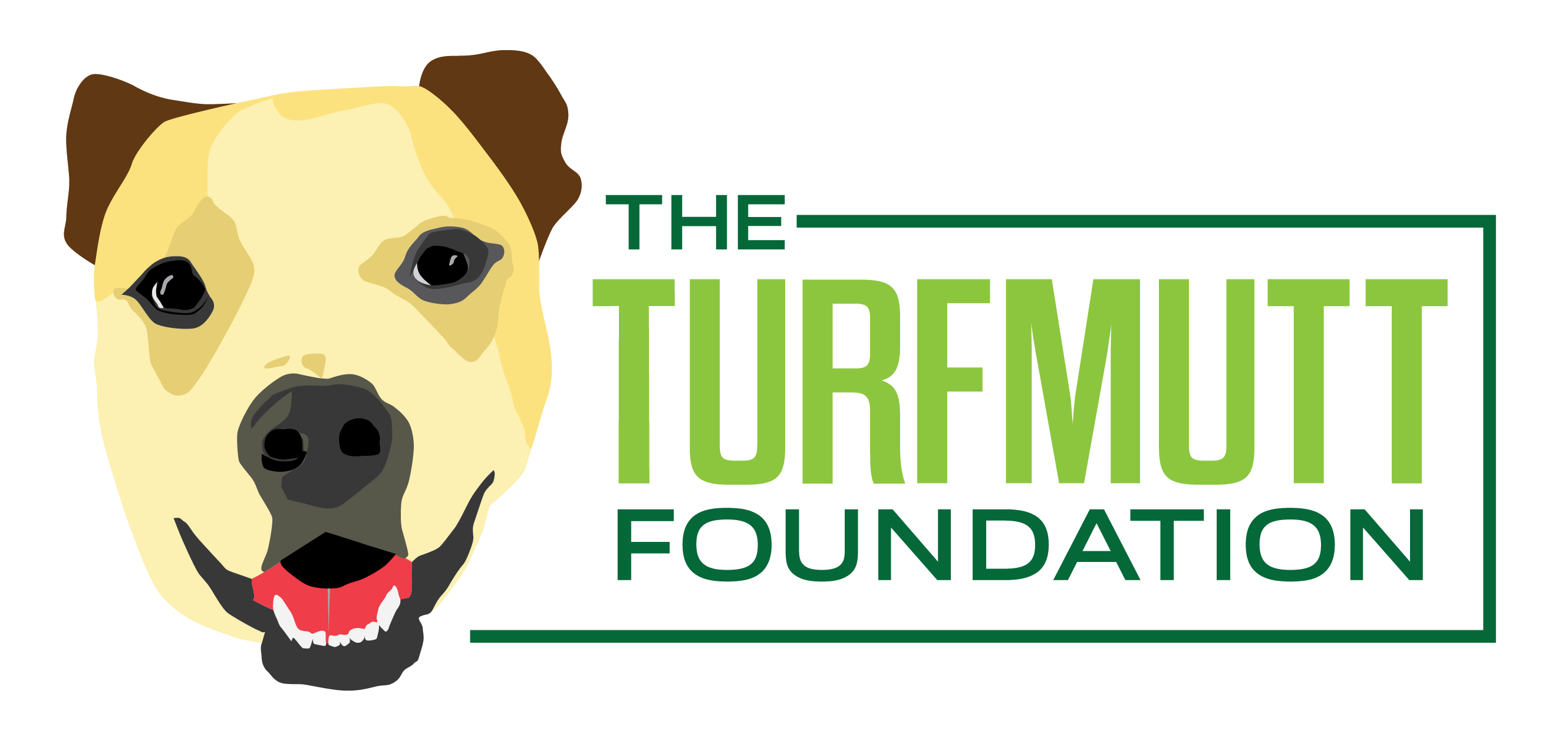If Your Yard Could Talk: 6 Things It Wants You to Know
Mar 16, 2022Backyarding is the trend born out of necessity during the pandemic as people moved indoor activities including working, entertaining, exercising and vacationing into their family backyards. Homeowners invested in their outdoor areas in record amounts, spending time, sweat equity and money to ensure they utilized every square inch of their yards for expanded living space and an oasis for relaxation and stress relief.
According to the recent “Yards Study” Harris Poll, more than two-thirds of Americans who have a yard (69 percent) say doing yard work – either maintaining it or adding/updating features – is one the ways they like to de-stress these days. This is especially true among parents of kids under 18.
“Over the last few years, families have used their yards more than ever before, and the Harris Poll indicates a vast majority of those who have a yard plan to invest even more in their yard in the coming year,” says Kris Kiser, president & CEO of the TurfMutt Foundation. “Since backyarding is now part of our everyday lives, we have some advice – from the yard, if you will – for families to take into account this spring.”
The TurfMutt Foundation offers these messages from your yard – if your lawn and landscape could talk.
Plant more, early and often. Adding trees, bushes, grass and flowering plants is a good yard investment, but they often take time to grow. Plant as early as recommended to enjoy the benefits faster. Remember the Golden Rule of backyarding: ”right plant, right place.” Location, maintenance, sunlight and watering needs should all be considered, as well as your climate zone.
You work on me, and I work for you. The more time you spend in your yard, the more health and well-being benefits gained. Backyarding means exploring, appreciating and spending time in your own personal patch of nature, which reduces stress, improves memory, boosts heart health, and offers a host of other benefits for our minds and bodies.
I have environmental superpowers. Family yards are environmental superheroes – producing oxygen, absorbing carbon, and capturing and filtering rainwater. By becoming a steward of your living landscapes, you can have a positive impact on our environment and help mitigate the effects of climate change on a micro level.
You’re not the only one who depends on me. Your yard is an important part of the connected ecosystem, and adding flowering plants, trees and shrubs give wildlife and pollinators food and shelter. Check your climate zone for landscaping options that support the birds, bees, butterflies and other wildlife that call your neighborhood home.
Please care for me properly. Only water when necessary. Over-watered grass gets lazy, growing roots in a horizontal pattern. With less water, grass sends its roots deeper – vertically – seeking water. By working harder, grass does a better job of sequestering carbon and releasing oxygen. Install watering solutions – like smart controllers on irrigation systems – that helps conserve water while maintaining your backyard. Additionally, find the just-right length to cut your turfgrass (typically between 2-3 inches).
Sign up for Mutt Mail, a monthly e-newsletter with backyarding tips and all the news from the TurfMutt Foundation. To learn more about creating the yard of your dreams, visit TurfMutt.com.
